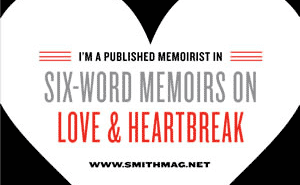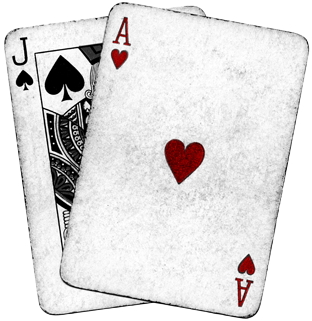One of the things that’s always irritated me is the notion that, in art, everything is subjective. According to this philosophy, there’s no absolute value to art, which implies that art can be neither good nor bad. It trivializes good taste, and belittles artistic talent. It’s in fact suggesting that anything is art if you want it to be.
I’ve long since concluded that the blanket phrase “art (and taste) is subjective” is a cop-out, typically voiced by people who use it as a crutch to shroud their own lameness, and store the word “subjective” on the same shelf as the biggest words in their vocabulary.
I remember struggling with this issue while studying 20th Century Music in college, where we were forced to endure nonsensical pieces of noise that were seemingly created solely for the purpose of breaking classical rules and shunning tasteful sensibilities. According to this “art is subjective” philosophy, I could go urinate on the wall and call it a masterpiece. (Not that I haven’t already done so.)
Paul Graham wrote an outstanding essay on this topic, taking many words out of my mouth via my subconscious.
“I wrote this essay because I was tired of hearing ‘taste is subjective’ and wanted to kill it once and for all.”
— Paul Graham
Big Mahalo.










Also from Graham:
Emperor’s New Clothes ring a bell?
One word: SUSHI
Patron: “How much for the wall?”
Jace: “What?”
Patron: “The wall, I’d like to buy it.”
Jace: “But that’s not for sale. It’s just where I took a leak.”
Patron: “I’ll pay double, I simply must have it.”
Jace: “No, I meant that’s not ‘art’, so not for sale.”
Patron: “Wow, so this is anti-art? Even better. It’ll be my first piece. Triple.”
Jace: “OK….umm…one….um…million…?”
Patron: “SOLD!”
There is, and should be, a wide gap between aesthetic criticism and aesthetic appreciation. In the same way that flouncy “art-because-i-say-so” annoys me, “I-can-mathematically-express-why-this-is-good-art” bores me to tears.
One gives you The Artsy Guy That Works at Starbucks trying to tell you what art is; the other gives you The LISP Programmer trying to tell you what art is. :shrug:
It’s important to note who Graham’s targeting here. The essay isn’t trying to prove a point to consumers; it’s a pep talk for the artists themselves. As he says, “It’s not for the people who talk about art that I want to free the idea of good art, but for those who make it.”
I didn’t get the impression that Graham was attempting to define art to us through mathematics. He’s just offering a rebuttal to the “taste is subjective” philosophy that he and many of us were raised to believe, with the intention of encouraging artists to be ambitious enough to create something they’ve been trained to believe doesn’t really exist. It’s kick in the ass to go out and kick ass. Because, contrary to the softcore “art is subjective” philosophy, kicking ass is actually possible.
He illustrates that the quality of a piece of art is not merely subjective (as the Starbucks kid would have us think); the “goodness” we sense in a good work of art is an actual property of the object. Good art affects humans in a very real way, just as much as a toxic object would have its effects.
I almost stood up and applauded at the way he closed the essay. So true. I’ve often wondered where that burning desire to kick ass has gone in the arts, which arguably used to be the whole point of the activity. Graham’s identified the driving “competitive” edge in the artists of yestercentury, implying a noticable lack of that edge in today’s upcoming artists. He’s right.
From Graham: